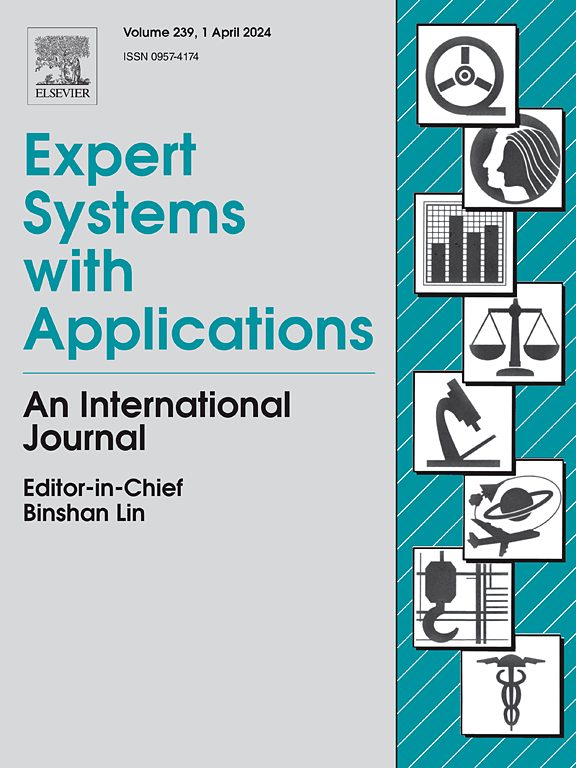食品安全意见传播的易感感染扩散:基础设施驱动的传播和行为嵌入的实质
IF 7.5
1区 计算机科学
Q1 COMPUTER SCIENCE, ARTIFICIAL INTELLIGENCE
引用次数: 0
摘要
本研究考察了食品安全信息在危机事件中如何在三个结构不同的中国社交媒体平台上传播,即微博、抖音和小红书(XHS)。这些平台不是作为中立的传播渠道,而是被概念化为动态信息服务系统(ISS),其中算法基础设施和内容物质共同产生公共意义、情感显著性和信任动态。利用物质-基础设施(S-I)模型,特别是II型逻辑,其中基础设施驱动物质,我们认为技术机制,如提要算法,趋势系统和可见性逻辑与语义特征(如情感语气,媒体形态和叙事框架)相互作用,以塑造危机沟通的速度,范围和认知可靠性。采用混合方法设计,结合了时间指数随机图模型(ERGM),易感感染(SI)扩散模拟和基于bert的情感分析,我们确定了不同的网络结构,分散的,集中的和混合的,如何与一致性,同质性和新亲性相互作用,以产生特定平台的信息生态。TikTok的架构以最少的审慎锚定实现了高速病毒式传播,限制了平台支持信任修复的能力;XHS促进了由关键意见领袖领导的高亲和信任生态系统,但容易受到回音室和狭隘错误信息的影响;微博的混合基础设施支持快速升级和多向话语,但由于不一致的认知控制,导致信任波动。这些明显的可见性解释了食品安全叙事的不对称放大,以及不同平台上公众信任、整合、极化或崩溃的不同轨迹。作为贡献,该研究引入了集成设计和运营管理(IDOM)框架,该框架将平台定位为必须适应不确定性和信任衰减的实时信号的反射性控制系统。报告进一步强调需要有弹性的公共治理,使制度干预与特定平台的逻辑和用户认知基线保持一致,倡导建立一个协调的社会技术生态系统,能够在数字时代维持可信、包容和反应迅速的食品安全沟通。本文章由计算机程序翻译,如有差异,请以英文原文为准。
Susceptible-infected diffusion of food safety opinion dissemination: Infrastructure-driven spread and behavior-embedded substance
This study examines how food safety information disseminates across three structurally distinct Chinese social media platforms, Weibo, TikTok, and Xiaohongshu (XHS), during crisis events. Rather than serving as neutral transmission channels, these platforms are conceptualized as dynamic Information Service Systems (ISS), in which algorithmic infrastructures and content substances co-produce public meaning, emotional salience, and trust dynamics. Drawing on the Substance–Infrastructure (S-I) model, specifically Type II logic, where infrastructure drives substance, we theorize that technical mechanisms such as feed algorithms, trending systems, and visibility logics interact with semantic features like emotional tone, media modality, and narrative framing to shape the velocity, reach, and epistemic reliability of crisis communication. Employing a mixed-methods design that combines temporal Exponential Random Graph Models (ERGM), Susceptible-Infected (SI) diffusion simulations, and BERT-based sentiment analysis, we identify how different network structures, decentralized, centralized, and hybrid, interact with conformity, homophily, and neophilia to produce platform-specific information ecologies. TikTok’s architecture enables high-speed virality with minimal deliberative anchoring, limiting the platform’s ability to support trust repair; XHS facilitates high-affinity trust ecosystems led by key opinion leaders, but is vulnerable to echo chambers and insular misinformation; Weibo, with its hybrid infrastructure, supports rapid escalation and multi-directional discourse, but suffers from volatility in trust due to inconsistent epistemic control. These distinct affordances explain the asymmetric amplification of food safety narratives and the divergent trajectories of public trust, consolidation, polarization, or collapse, across platforms. As a contribution, the study introduces the Integrated Design and Operation Management (IDOM) framework, which positions platforms as reflexive control systems that must adapt to real-time signals of uncertainty and trust decay. It further underscores the need for resilient public governance that aligns institutional interventions with platform-specific logics and user cognitive baselines, advocating for a coordinated socio-technical ecosystem capable of sustaining trustworthy, inclusive, and responsive food safety communication in the digital era.
求助全文
通过发布文献求助,成功后即可免费获取论文全文。
去求助
来源期刊

Expert Systems with Applications
工程技术-工程:电子与电气
CiteScore
13.80
自引率
10.60%
发文量
2045
审稿时长
8.7 months
期刊介绍:
Expert Systems With Applications is an international journal dedicated to the exchange of information on expert and intelligent systems used globally in industry, government, and universities. The journal emphasizes original papers covering the design, development, testing, implementation, and management of these systems, offering practical guidelines. It spans various sectors such as finance, engineering, marketing, law, project management, information management, medicine, and more. The journal also welcomes papers on multi-agent systems, knowledge management, neural networks, knowledge discovery, data mining, and other related areas, excluding applications to military/defense systems.
 求助内容:
求助内容: 应助结果提醒方式:
应助结果提醒方式:


